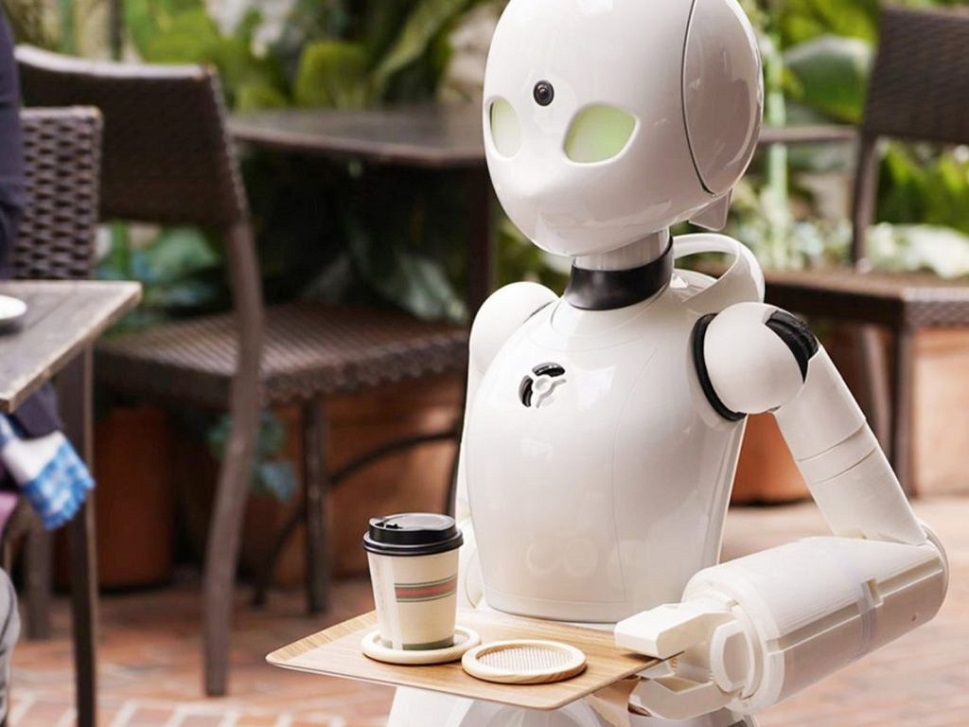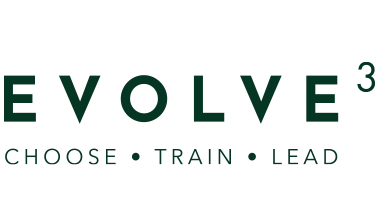
08 May Today, I met a robot
I met a few different robots last week while taking my annual stroll through the aisles of the Food Service Australia trade exhibition. One made me a coffee better than the one I paid $5 for on the weekend, made by a grumpy barista. Another demonstrated that it could pour 6 perfect pints of beer per minute (or any other batched drink that could be stored in a keg). Another could deliver food or drinks to a restaurant table, and another could prepare perfectly presented sushi that a Japanese sushi master would be proud to serve.
Robotics and other labour-saving technologies are available today that can automate various aspects of hospitality operations. Some are on the verge of gimmickry, while others can seriously increase efficiency, save costs, and improve customer service. Here are some examples of labour-saving robotics and tech currently used in hospitality:
Food Preparation Robots:
In some restaurants and cafes, robotic chefs have replaced human chefs. They can prepare dishes quickly and accurately and can be programmed with a wide range of recipes. They can also work in small spaces, making them ideal for use in food trucks and other mobile food services.
Automated Bartending:
In some bars, robotic bartenders have replaced human bartenders. They can mix and serve drinks quickly and accurately and can be programmed with a range of drink recipes. Customers can place their orders through a touch screen, and the robot bartender will prepare their drinks in minutes. They won’t try to hit on your date either!
Autonomous Room Service Robots:
Some hotels and resorts have deployed autonomous room service robots to deliver food and other items to guest rooms. These robots use sensors and mapping technology to navigate around the hotel and find their way to the guest’s room. They can also communicate with guests through voice recognition and provide information about the hotel and its services.
Automated Check-In and Check-Out:
Many hotels now use automated check-in and check-out systems, which eliminate the need for front desk staff. Guests can check in using a touch screen kiosk, which scans their ID and credit card, and issues a room key. Similarly, guests can check out using the same kiosk, which automatically calculates their bill and charges their credit card.
Robotic Housekeeping:
Some hotels have started to use robotic housekeeping devices to clean guest rooms. These robots can vacuum floors, change bed sheets, and clean bathrooms, freeing up housekeeping staff to focus on more specialised tasks.
Overall, labour-saving robotics have the potential to revolutionize the hospitality industry by automating various tasks, but it’s important to note that while they can replace some tasks, they can’t replace the personal touch that humans provide. So, it’s important for hospitality operators to strike a balance between automation and human interaction, to ensure that guests feel valued and appreciated.
That said, I haven’t met a manager during my 30-year career in hospitality who has ever made light work of delivering on their wage cost targets. None of them are finding recruitment and selection of staff too easy either. So, if your challenge is to please customers while making a profit, the only test of whether a labour-saving device is right for your business is:
WILL IT HAVE A NEGATIVE IMPACT ON CUSTOMER PERCEPTION?
If the answer is no, and the cost of the device is reasonable, what are you waiting for?



